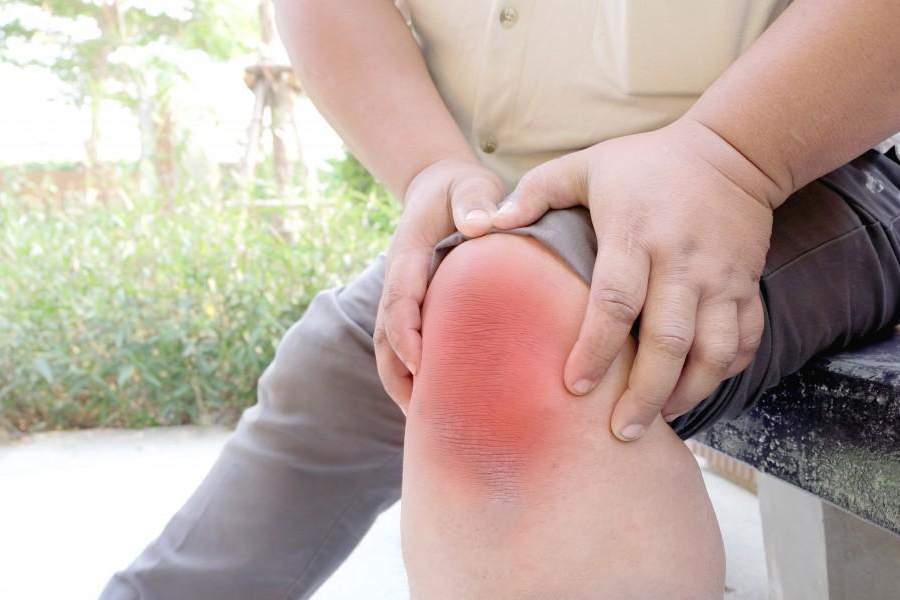
In recent years, with the progress of lifestyle, everyone is busy with their routine life, and obesity has emerged as one of the growing, major health problems affecting millions of people worldwide. Over and above the cardiovascular and metabolic consequences, it has profound effects on bone and joint health, causing chronic pain, mobility, and, ultimately, disability.
Here at DHEE Hospitals, our orthopedic surgeons observe how extra weight speeds up joint destruction, reduces bone density, and deteriorates the quality of life. In this complete guide, we delve into how obesity outstrips your musculoskeletal and how to avoid it. Additionally, here is a quick primer when it’s time to get specialized care from a professional.
Overstress and Wear of Joints
Mechanical stress on weight-bearing joints (knees, hips, and lower back) for being overweight. For each pound of body weight over your ideal, your knees must sustain approximately four extra pounds of pressure when you walk or climb stairs. Over time, this overload speeds up the breakdown of cartilage, the smooth tissue that launches joint movement and cushions the bone-to-bone contact in a joint and pushes you toward osteoarthritis.
Knee Osteoarthritis: The most prevalent joint disease of obesity involving pain, swelling, and limited mobility.
Hip Degeneration: Early cartilage loss and labral tears can result from added weight on the hip joints.
Spinal Disc Compression: The pull of gravity causes the axial load to be applied to intervertebral discs, which increases the likelihood of herniation and lower back pain.
We can determine how obesity impacts bone and joint health through mechanical overload and then target interventions: Such as weight management and supportive footwear to slow the progression of disease and reduce pain.
Inflammation Paths and Cartilage Degradation
Obesity isn’t just extra pounds; it is a state of chronic, low-grade inflammation. Fatty tissue releases inflammatory cytokines like interleukin-6 (IL-6) and tumor necrosis factor-alpha (TNF-α) into the blood and joints. These molecules play a role in :
Cartilage erosion: Inflammatory chemicals are released, which digest the cartilage matrix, causing the cushioning properties to be lost.
Inflammation of the Synovium: The joint’s lining is swollen and thickened, resulting in pain and stiffness.
Loss of Bone Remodeling Balance: Excess cytokines now promote resorption rather than bone formation, thereby predisposing to fractures.
At DHEE Hospitals, our orthopaedic experts also use inflammation-blocking drugs and lifestyle counseling to reduce these adverse systemic effects and safeguard the overall condition of your joint.
Effect on bone mineral density and fracture risk
Despite the long-held view that excess body weight is always protective for bone density, recent research suggests that obesity can hurt the bones in several ways :
With a balanced diet and specific strength exercises, our bone specialists stay tuned for safe bone density improvement with minimum fractures.
Muscle Imbalances and Postural Strain
The Rehabilitation program at DHEE Hospitals aims to strengthen the core muscles of the body, provide gait training, and perform corrective exercises that can help align the body properly and reduce the strain on joints.
Preventive Methods and Lifestyle Changes
Though arthritis and bone health in obesity are related, taking preventive measures can significantly alter that landscape:
At DHEE Hospitals, we understand the importance of a multidisciplinary team. With support from dietitians, physiotherapists, and orthopaedic surgeons, we work with you to develop tailored strategies that work with your lifestyle.
Expert Care at DHEE Hospitals
When nonsurgical treatments aren’t working, experts perform the most advanced orthopaedic surgeries :
With our patient-focused style, you’ll get the care you need when needed, from preventive advice to surgery for the toll obesity has taken on your body.
FAQ’s
Conclusion
Obesity is a multifaceted danger to musculoskeletal health but learning how obesity impacts bones and joints can help you become a protagonist rather than a victim in your body’s story.